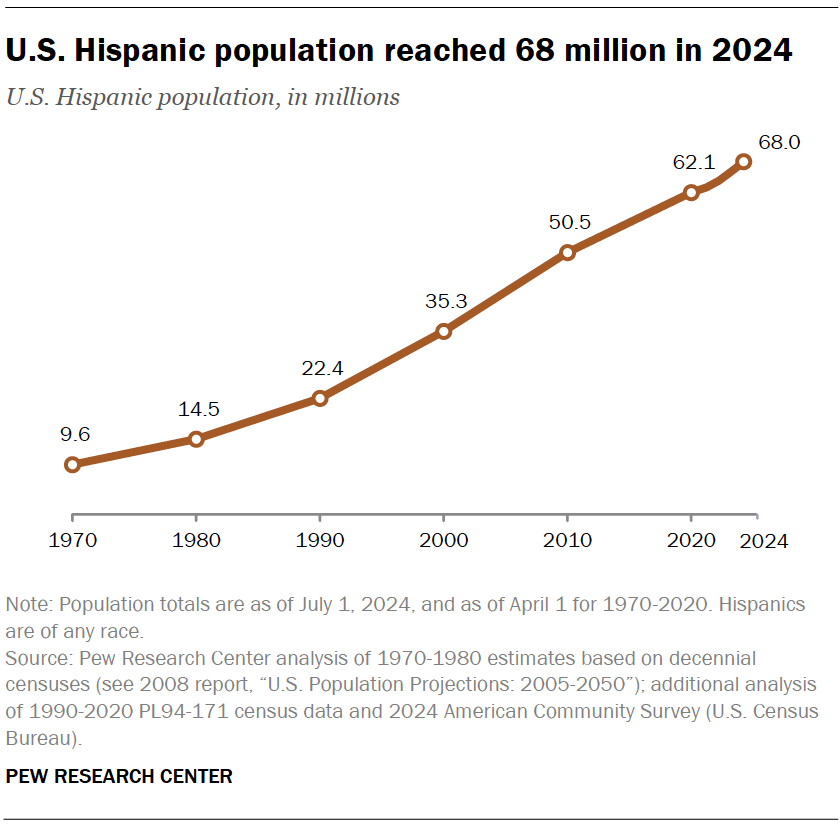Report on Aligning Digital Design Education with Sustainable Development Goals
1.0 Introduction and Program Context
This report analyzes the “Digital Design Technology” course, a compulsory module initiated in 2020 by the School of Design, Art and Architecture at Zhejiang Wanli University. A key development was the application for a bilingual course construction project in 2022, signaling a strategic move towards internationalization and alignment with global educational standards. The course framework is informed by a two-decade analysis of evolving software use and design styles within the environmental design major, providing a foundation for educational reform centered on the United Nations Sustainable Development Goals (SDGs).
2.0 Contribution to SDG 4: Quality Education
The pedagogical reforms within the Digital Design Technology course directly support the objectives of SDG 4 by ensuring inclusive and equitable quality education and promoting lifelong learning opportunities. Key strategies include:
- Bilingual Curriculum Implementation: Enhancing inclusivity and global competence by removing language barriers and preparing students for international collaboration, directly contributing to Target 4.7.
- Creative Thinking Training: Prioritizing the development of critical and innovative thinking skills necessary for students to address complex global challenges, including those related to sustainability.
- Multi-Scenario Teaching Design: Employing diverse teaching methodologies that simulate real-world challenges, ensuring students acquire practical and relevant knowledge for sustainable development.
- Personalized Education Pathways: Adapting teaching content and evaluation to individual student needs, fostering an equitable learning environment that empowers all learners.
3.0 Advancing SDG 11: Sustainable Cities and Communities
As a core component of the environmental design major, the course is intrinsically linked to SDG 11. It equips future designers with the competencies to create inclusive, safe, resilient, and sustainable urban environments. The curriculum achieves this through:
- An analytical review of historical design projects to understand the evolution towards more sustainable and resource-efficient design paradigms.
- Training in advanced digital technologies that enable the modeling and development of sustainable infrastructure and community spaces.
- Integration of sustainability principles into student evaluation criteria, ensuring that project outcomes are assessed for their environmental and social impact.
4.0 Supporting Economic Growth and Innovation (SDG 8 & SDG 9)
The course reform strengthens the link between higher education and sustainable economic development by fostering skills relevant to modern industry and innovation.
- Fostering Innovation (SDG 9): The emphasis on digital design technology provides students with the tools to contribute to resilient infrastructure and promote inclusive and sustainable industrialization.
- Promoting Decent Work (SDG 8): By delivering an internationalized, bilingual curriculum focused on in-demand digital skills, the program enhances graduate employability and supports sustained, inclusive, and sustainable economic growth.
5.0 Strategic Recommendations for SDG Integration
Based on the course analysis, the following countermeasures and suggestions are proposed to further embed sustainability into the curriculum:
- Formalize the bilingual teaching model to strengthen international partnerships (SDG 17) and advance quality education (SDG 4).
- Develop specific course modules dedicated to creative problem-solving for sustainability challenges in environmental design.
- Refine student evaluation standards to explicitly measure the application of principles related to SDG 11 and other relevant goals.
- Expand the use of multi-scenario and personalized teaching to ensure all students are equipped to contribute to a sustainable future.
1. SDGs Addressed in the Article
-
SDG 4: Quality Education
This is the primary SDG addressed in the article. The entire text focuses on educational reform within a higher education setting. It discusses the “Digital Design Technology” course at Zhejiang Wanli University, proposing improvements through a “bilingual course construction project,” “creative thinking training,” “multi-scenario teaching design,” and “personalized education.” These are all efforts aimed at enhancing the quality and relevance of tertiary education.
-
SDG 9: Industry, Innovation, and Infrastructure
This SDG is relevant through its focus on innovation and upgrading technological capabilities. The article is part of a Research Topic titled “Advancing Pedagogy Through Innovation” and discusses a course on “Digital Design Technology.” By researching and improving how these technical skills are taught, the university is contributing to enhancing the technological capabilities of the future workforce in the environmental design industry, thereby fostering innovation.
2. Specific Targets Identified
Under SDG 4: Quality Education
-
Target 4.3: By 2030, ensure equal access for all women and men to affordable and quality technical, vocational and tertiary education, including university.
The article directly addresses the quality of tertiary education. It describes a compulsory course at Zhejiang Wanli University and details efforts to improve its delivery and content. The proposal for a “bilingual course construction project” and the focus on “personalized education” are specific strategies to enhance the quality of the university-level education provided.
-
Target 4.4: By 2030, substantially increase the number of youth and adults who have relevant skills, including technical and vocational skills, for employment, decent jobs and entrepreneurship.
The course “Digital Design Technology” for the “environmental design major” is explicitly a technical and vocational program. The article’s analysis of software changes over two decades and its suggestions for educational reform are aimed at ensuring students graduate with relevant, up-to-date skills that are directly applicable to employment in the design industry.
-
Target 4.7: By 2030, ensure that all learners acquire the knowledge and skills needed to promote sustainable development…
While the article focuses on pedagogy, the subject matter, “Environmental Design,” is inherently linked to sustainable development. By improving the education of environmental designers through “creative thinking training” and “multi-scenario teaching,” the course equips future professionals with better skills to tackle complex challenges related to creating sustainable environments. The push for “internationalization” and a “bilingual curriculum” also aligns with fostering global citizenship, a component of this target.
Under SDG 9: Industry, Innovation, and Infrastructure
-
Target 9.5: Enhance scientific research, upgrade the technological capabilities of industrial sectors in all countries… and encourage innovation…
The article itself is a piece of “ORIGINAL RESEARCH” focused on “Advancing Pedagogy Through Innovation.” It analyzes the evolution of “Digital Design Technology” and proposes innovative teaching methods. This academic work contributes to the body of scientific research on education and technology, aiming to upgrade the skills taught to future professionals, which in turn upgrades the technological capabilities of the design industry.
3. Indicators Mentioned or Implied
Under SDG 4: Quality Education
-
Implied Indicator 4.4.1: Proportion of youth and adults with information and communications technology (ICT) skills.
The article’s core subject is the “Digital Design Technology” course, which directly imparts ICT skills. The discussion of “changes in software used in the graduation projects… over the past two decades” implies a continuous effort to measure and update the specific ICT skills being taught to students to ensure their relevance.
-
Implied Indicator 4.7.1: Extent to which (i) global citizenship education and (ii) education for sustainable development are mainstreamed in national education policies, curricula, teacher education and student assessment.
The introduction of a “bilingual mode in teaching” and the keyword “internationalization” point to the mainstreaming of global citizenship education within the curriculum. Furthermore, the focus on an “Environmental Design” major implies that education for sustainable development is a core component of this specific academic program.
Under SDG 9: Industry, Innovation, and Infrastructure
-
Implied Indicator: The publication of research on educational innovation.
The article’s existence as a published “ORIGINAL RESEARCH article” in the “Front. Educ.” journal under the topic “Advancing Pedagogy Through Innovation” serves as a qualitative indicator of ongoing research and development activities aimed at fostering innovation within the education sector, which supports the broader industrial and technological ecosystem.
4. Summary Table of SDGs, Targets, and Indicators
| SDGs | Targets | Indicators |
|---|---|---|
| SDG 4: Quality Education | Target 4.3: Ensure equal access for all to affordable and quality technical, vocational and tertiary education, including university. | The article discusses improving a compulsory course at Zhejiang Wanli University through a “bilingual course construction project” and “personalized education.” |
| Target 4.4: Increase the number of youth and adults who have relevant skills, including technical and vocational skills, for employment. | Implied Indicator 4.4.1: The course “Digital Design Technology” directly provides ICT skills, and the article analyzes the evolution of software used, indicating a focus on relevant job skills. | |
| Target 4.7: Ensure all learners acquire knowledge and skills needed to promote sustainable development. | Implied Indicator 4.7.1: The focus on an “Environmental Design” major, combined with efforts towards “internationalization” and a “bilingual curriculum,” points to the mainstreaming of education for sustainable development and global citizenship. | |
| SDG 9: Industry, Innovation, and Infrastructure | Target 9.5: Enhance scientific research, upgrade technological capabilities, and encourage innovation. | Implied Indicator: The publication of the article itself as “ORIGINAL RESEARCH” on “Advancing Pedagogy Through Innovation” demonstrates an active contribution to research and innovation in education and technology. |
Source: frontiersin.org







